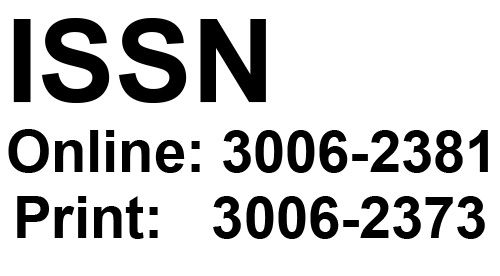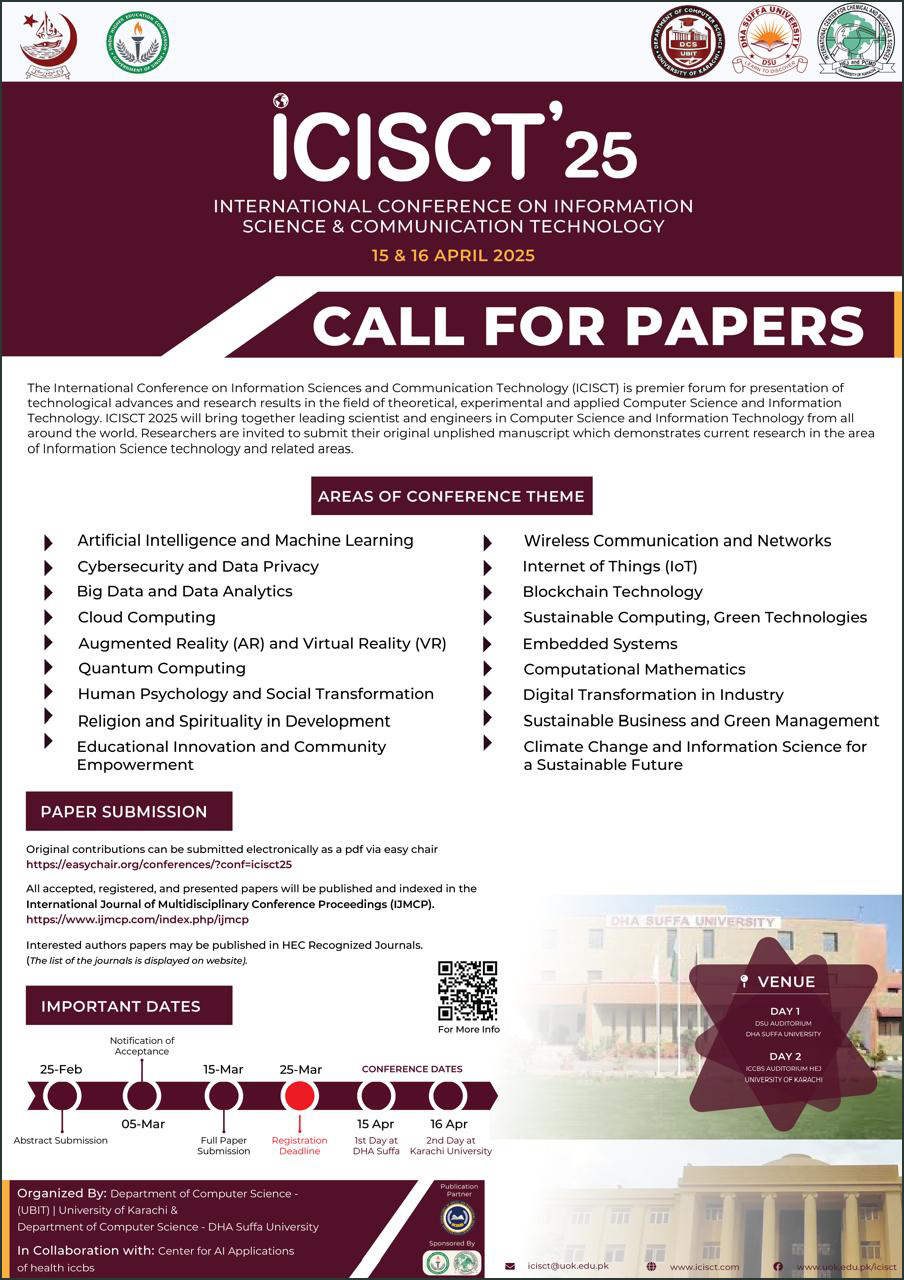Analyzing the Intersection of Art and Politics: Examining Protest Art in the Digital Age
Keywords:
Protest Art, Digital Age, Political Activism, Visual Rhetoric, social mediaAbstract
In the contemporary digital landscape, the intersection of art and politics has evolved significantly, catalyzed by the advent of digital platforms and social media. This paper examines protest art within this context, focusing on its role as a powerful form of expression and activism. Protest art, encompassing visual art, performance, and multimedia installations, serves as a potent tool for challenging societal norms, critiquing political structures, and mobilizing public opinion. By analyzing various forms of protest art, including street murals, digital graphics, and interactive exhibits, this study explores how artists harness visual rhetoric to engage audiences and provoke discourse on pressing political issues. Furthermore, the digital age has democratized the creation and dissemination of protest art, enabling artists worldwide to reach global audiences instantaneously. This paper investigates the impact of digital platforms on the production, distribution, and reception of protest art, highlighting how social media amplifies its reach and influences political discourse. Ultimately, this research contributes to understanding the evolving dynamics between art and politics in contemporary society, emphasizing the transformative potential of protest art as a catalyst for social change







